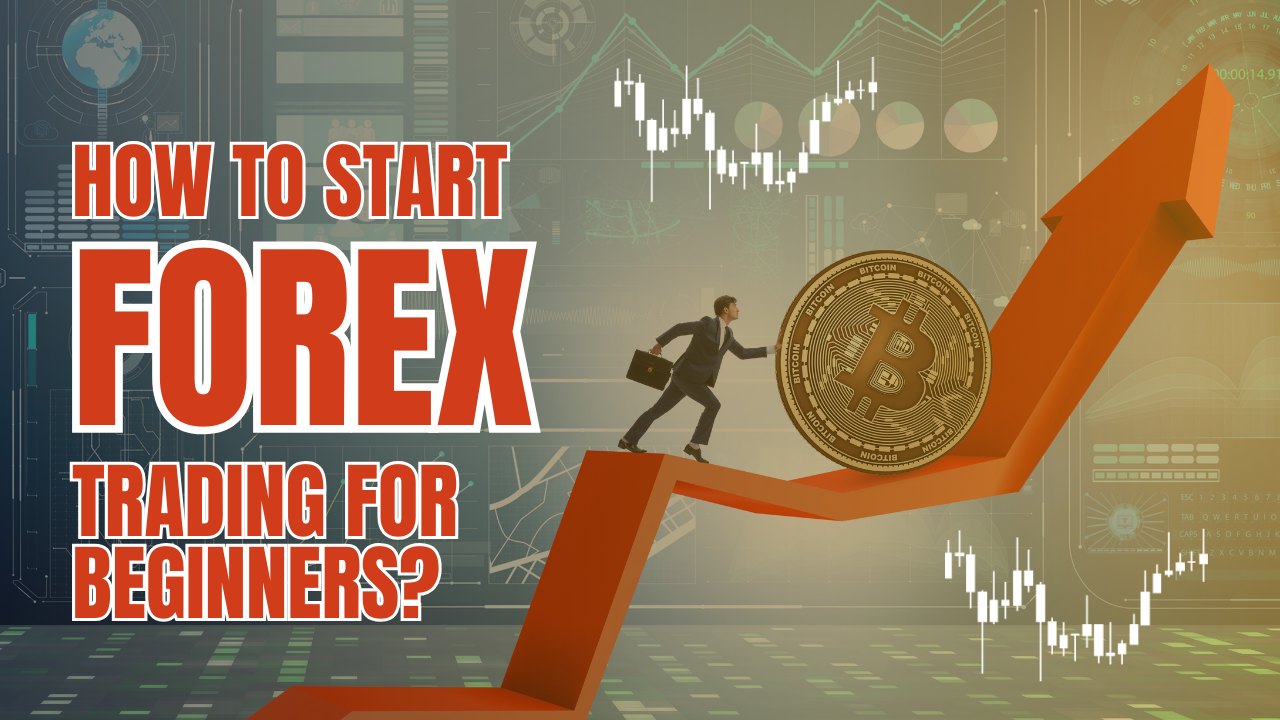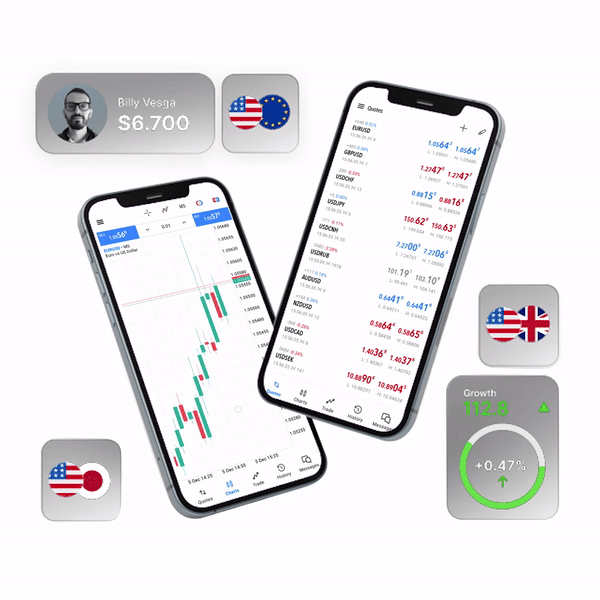S&P 500 entered a bear market, global stocks dropped
Stock futures increased, indicating that U.S. markets were on the verge of recovering from a meltdown that pushed the S&P 500 into a bear market on Monday, but Asian stocks remained under pressure. In Asia on Tuesday morning, S&P 500 futures were up 0.6 percent. The Dow Jones Industrial Average and the Nasdaq-100, which is centered on technology, both rose 0.5 percent and 0.8 percent, respectively.
Consumer inflation in the United States reached its highest level in more than four decades, according to data released late last week. This has fueled fears that the Federal Reserve will be forced to act quickly, and that the monetary tightening that follows will push the economy into recession. Following a two-day policy meeting, the Fed will announce its next interest rate decision on Wednesday. According to the CME FedWatch Tool, market pricing swung quickly on Monday, implying that a 0.75 percentage point increase was a near certainty. According to the programme, futures markets previously indicated a one-in-four possibility of such a significant gain.
Shorter-term Treasury yields surged above longer-term Treasury yields during Asian trading hours Tuesday, a phenomenon known as an inverted yield curve that has often preceded prior recessions. As bond prices decrease, yields climb. The yield on the 10-year note fell to 3.355 percent from 3.371 percent on Tuesday, after jumping to an 11-year peak on Monday. The yield on the two-year note, meanwhile, increased by 0.116 percentage point to 3.395 percent.
While several markets have been impacted by higher interest rates this year, the shares of money-losing companies that were once industry darlings and other speculative plays have been particularly hard hit. Higher interest rates on risk-free assets like government bonds tend to lower the appeal of riskier investments—and the perceived value of future cash flows—while increasing corporate borrowing costs. The S&P 500 has now down approximately 22% from its January high, while the NASDAQ Composite has dropped 33% from its November high.











